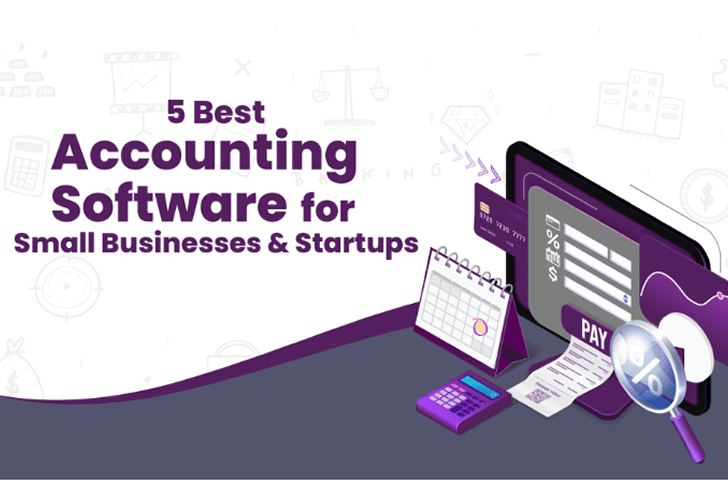AP Automation Software for Streamlined Payables Processing
Accounts payable (AP) automation software is emerging as a transformative solution in the realm of financial operations, helping businesses streamline their processes and improve their bottom lines. In the complex landscape of financial transactions, payables processing involves meticulous attention to detail and adherence to strict deadlines. Delays or errors in this process can result in financial losses, strained supplier relationships, and reduced operational efficiency. This article delves into how AP automation software is revolutionizing this critical business function, backed by compelling data and expert insights.

Understanding the Basics of AP Automation Software
AP automation software is designed to streamline and enhance the efficiency of the accounts payable processes. This includes automating the receipt, processing, and payment of invoices. Traditional manual processes are prone to errors and are time-consuming, often involving a significant amount of paperwork and manual entry. By contrast, AP automation solutions use digital workflows to minimize human intervention, thereby reducing errors and increasing processing speed. According to a report by Levvel Research, companies using AP automation can process invoices 3.5 times faster than those relying on manual methods.
The Financial Impact of AP Automation
Transitioning to automated AP systems holds significant financial implications for businesses. Firstly, automation reduces the costs associated with processing each invoice. A study by the American Productivity & Quality Center (APQC) reveals that the top performers in AP automation spend an average of $2.07 per invoice, compared to $10 or more for businesses utilizing primarily manual processes. Secondly, by speeding up the process, automation helps companies take advantage of early payment discounts, adding another layer of savings. Furthermore, the reduction in errors decreases the likelihood of duplicate payments and overpayments, safeguarding a company’s financial health.
Enhancing Compliance and Financial Visibility
Another critical advantage of AP automation is enhanced compliance and financial visibility. Automated systems are designed to adhere to standardized procedures, which simplifies compliance with regulatory requirements. Additionally, these systems provide detailed audit trails, essential for financial accountability and transparency. According to Gartner, firms that integrate advanced audit and compliance functionalities in their AP systems can improve their compliance reporting speeds by up to 50%. Moreover, real-time analytics offered by many AP solutions give organizations insights into their spending patterns, enabling better cash flow management and strategic financial planning.
The Role of Integration and Scalability
For AP automation software to be truly effective, it needs to integrate seamlessly with existing financial systems such as Enterprise Resource Planning (ERP) systems. This integration allows for a unified platform where information flows smoothly, preventing data silos and ensuring all financial data are synchronized. Additionally, scalability is crucial as the business grows. The right AP automation solution should not only handle current processing needs but also scale as the company expands, managing increasing volumes of invoices and transactions without a drop in performance.
Adapting to the Changing Technological Landscape
The technological landscape of AP automation is constantly evolving, with emerging technologies such as artificial intelligence (AI), machine learning, and robotic process automation playing increasingly significant roles. These technologies can further enhance the capabilities of AP solutions, automating complex decision-making processes, and learning from historical data to improve performance over time. For instance, AI can automate the extraction and verification of data from invoices, even those in unstructured formats, with high accuracy. This capability not only speeds up processing but also reduces the human workload, allowing staff to focus on more strategic tasks.
Real-World Success Stories
Companies across various industries are reaping the benefits of AP automation. For example, a global retail company implemented AP automation and reported a 70% reduction in invoice processing costs and a 30% increase in efficiency. Another example is a manufacturing firm that, by adopting an automated solution, became able to process invoices 60% faster, which significantly shortened their payment cycle and enhanced supplier relationships.
Choosing the Right AP Automation Software
When selecting an AP automation solution, businesses must consider several factors including compatibility with existing systems, ease of use, customer support, and the specific features offered. It’s also wise to look for solutions that offer robust security measures to protect sensitive financial data. Businesses should conduct thorough research, read case studies, and possibly engage in trials to find a solution that best meets their unique needs.
Conclusion
In conclusion, the adoption of AP automation software offers considerable benefits from cost savings and enhanced efficiency to improved compliance and strategic financial management. As the business environment becomes ever more competitive and digital transformation accelerates, investing in the right AP automation software is not an option but a necessity. This shift not only positions companies for improved operational efficiency but also equips them with the agility to thrive in a rapidly evolving economic landscape. By carefully selecting and implementing the right AP automation solution, companies can set the stage for sustained success and resilience in their financial operations.







Recent Comments